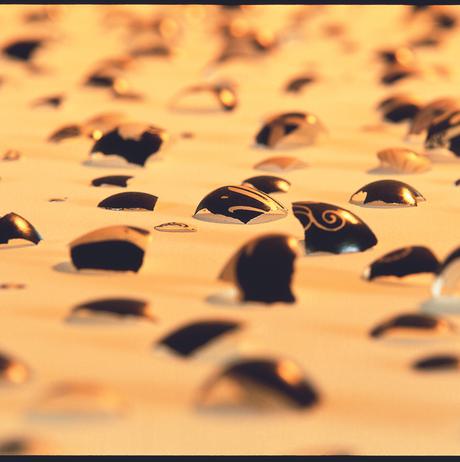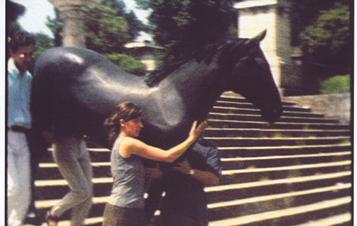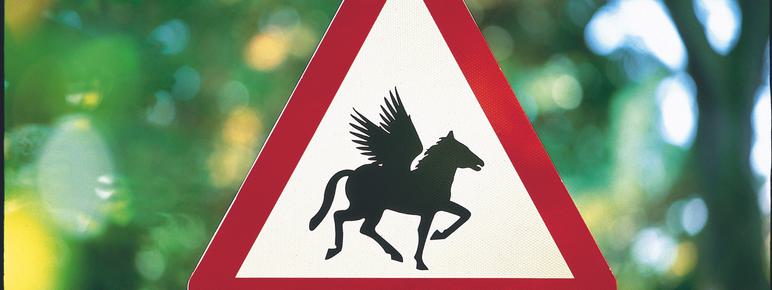
About Marion Coutts
Marion Coutts held a one-person exhibition at Yorkshire Sculpture Park which was the most important exhibition in her career in 2000. The show also coincided with her appointment as MOMART fellow at the Tate Gallery, Liverpool.
Coutts works in sculpture, video and photography. This exhibition was held in the Pavilion Gallery and included five distinct works, including the deceptive Fresh Air. The installation consisted of a trio of table-tennis tables made in the shape of London Parks. Table tennis bats and balls were provided to encourage public participation on knock-about versions of the green open spaces, usually found in an urban environment and now set up in the eighteenth century landscape of YSP.
Fresh Air was one example of the diverse media Coutts uses to make models of the social: groups, gatherings, habitats, zones, and elements in play. The recurring theme in her work is communal existence and collective activity. She is interested in the way in which things mill and collide, respond back and forth, disintegrate, or move in perfect coordination. Sometimes the focus is the life of the city, sometimes the lives of animals. Other works in the exhibition drew upon these themes and included films showing the behaviour of a group of pet hamsters fitfully playing in exercise balls, and a fibreglass horse borne through the streets of Rome. There was also a display of exquisitely painted egg-shell fragments meticulously decorated after Etruscan pots, referring to a civic past.
You might also like
More- Profile
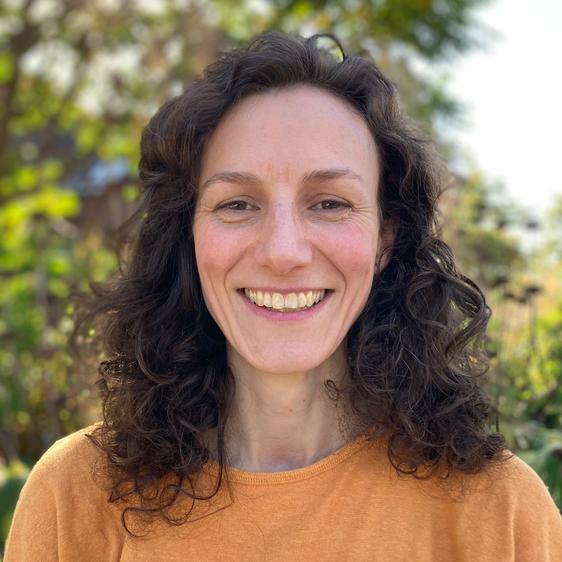
Michelle Vesey
Artist Educator - News
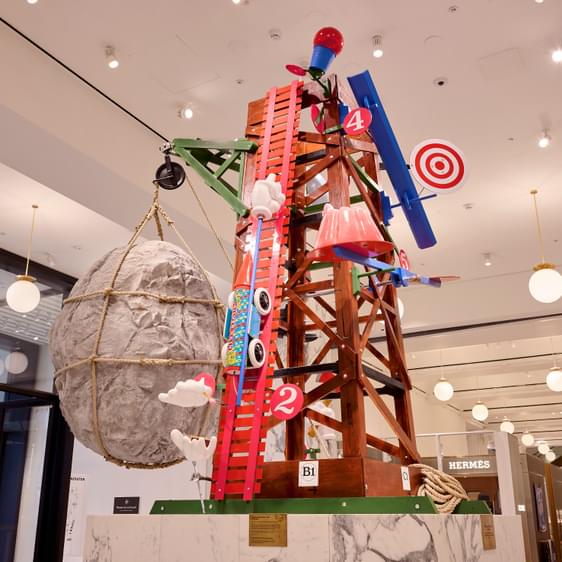
YSP's latest Selfridges collaboration with artist Mel Brimfield
4 April 2024 - Art Outdoors

Alice Irwin: Streaky Dance
Adding a pop of colour to the landscape, Streaky Dance explores the relationship between figurative and abstract imagery. - Art Outdoors

Masayuki Koorida: Form Twist; Growth; Kids; Flower
Internationally known for his abstract stone sculptures, Masayuki Koorida commonly works with granite or black or white marble. The artist’s works are directly carved and highly polished to a smooth finish.
